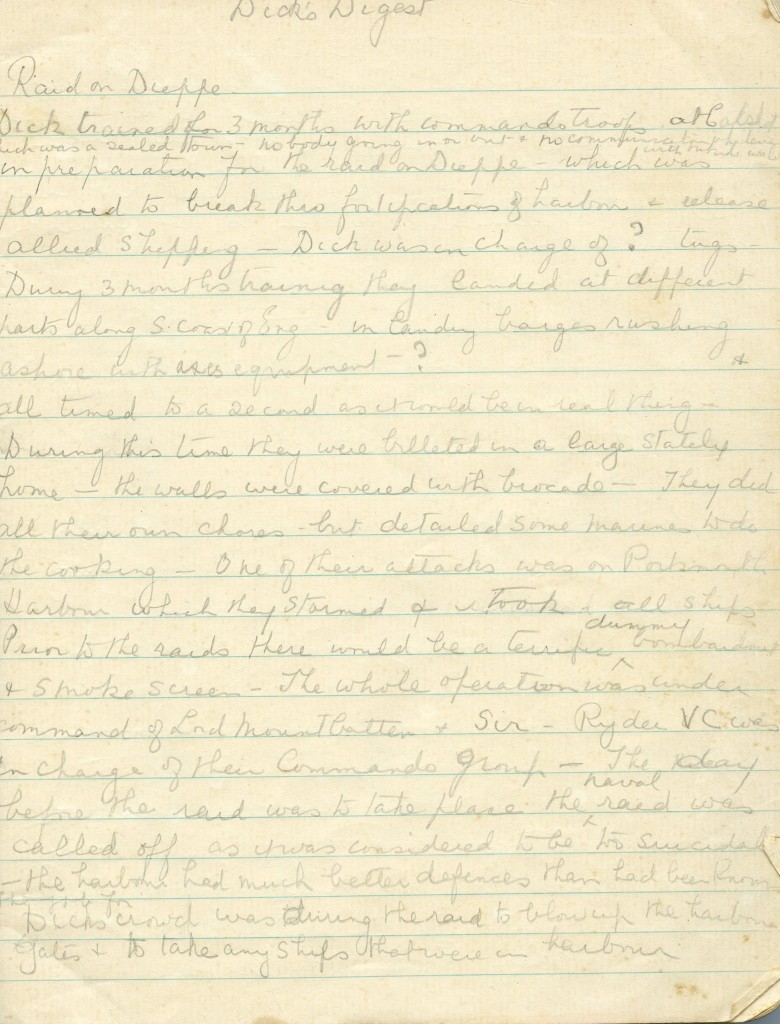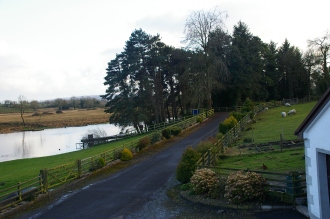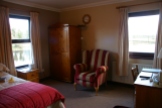When our Beatty ancestors emigrated from County Mayo and Sligo in 1878 they brought with them a Bible given to Marcella Beatty (nee Paget) at her wedding to James Beatty in 1873. Four generations of the details of births, deaths and marriages were subsequently carefully written in it. The location of the actual Bible is currently a mystery and possibly it has been lost. If it resurfaces I’ll certainly post about it here. The information, particularly of the earliest generation has been invaluable. For example it gives the address in Ballina where both James and Emma were born, confirming the home address of the Beattys there as “Commercial House, Arran St.” it tells us that Archibald Beatty was born at “The Lodge” in Enniscrone, County Sligo. This will be Kinard Lodge, the home of Marcella’s father James Paget near Enniscrone. Possibly the Beatty’s lived there for a while after James Paget died, before their emigration. It’s a pity it doesn’t name the ship they came to Australia on, as extensive research has still failed to solve that mystery! The Bible was inherited by James, the eldest son of James and Marcella and passed down through the generations of his family. This means that the entries “Mother’s birthday August 10th. Father’s birthday October 31st” probably refer to James and Marcella themselves. I’m guessing that this is written in a different hand to Marcella’s, probably that of her son. Their dates of birth were previously a mystery as birth certificates can’t be found for either James or Marcella – quite common for Ireland at that time.
I only know about the Bible, and have a transcript of the family notices in it because of one of the many people who found my website and contacted me through it. What a lot of second cousins etc. I have connected with! It has been really fun and I learned so much to round out the family story. Anyway, Janet Godfrey (nee McTaggart) (1933-2007), a great-grand-daughter of James and Marcella through their son James, and whose own mother (Kathleen McTaggart (nee Beatty) (1906-1944) was an only child, was keen to connect with extended family. She saw the announcement of the Queen’s birthday Honours List in 1983 when Alfred Paget Beatty (1916-1998) was awarded the OA. Suspecting that with that name he must be a relation, she wrote to him about the Bible, with all the family details. They had planned to meet up, but she died before that happened. In 2011 Alfred Paget Beatty’s daughter Jocelyn Cooper found my website and sent me a copy of Janet Godfrey’s letter to her father. It would be great if Janet’s family could find the actual Bible, but it’s thanks to her that we do have all the information. I’m so grateful to her and to Jocelyn who found my website, and regret that I’ve taken so long to tell this story.
Here’s the transcript of the family notices in Marcella’s Bible
Source: Letter from Janet Godfrey to Alfred Paget Beatty, 1983










